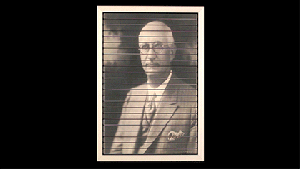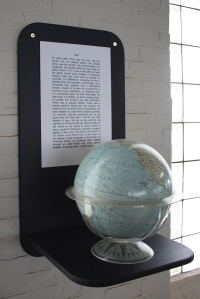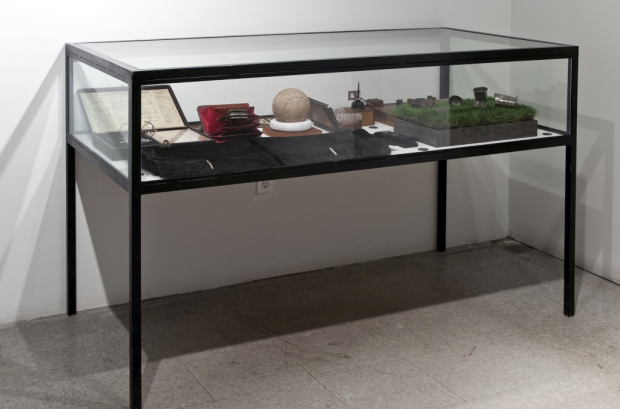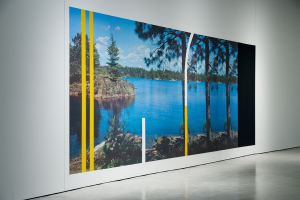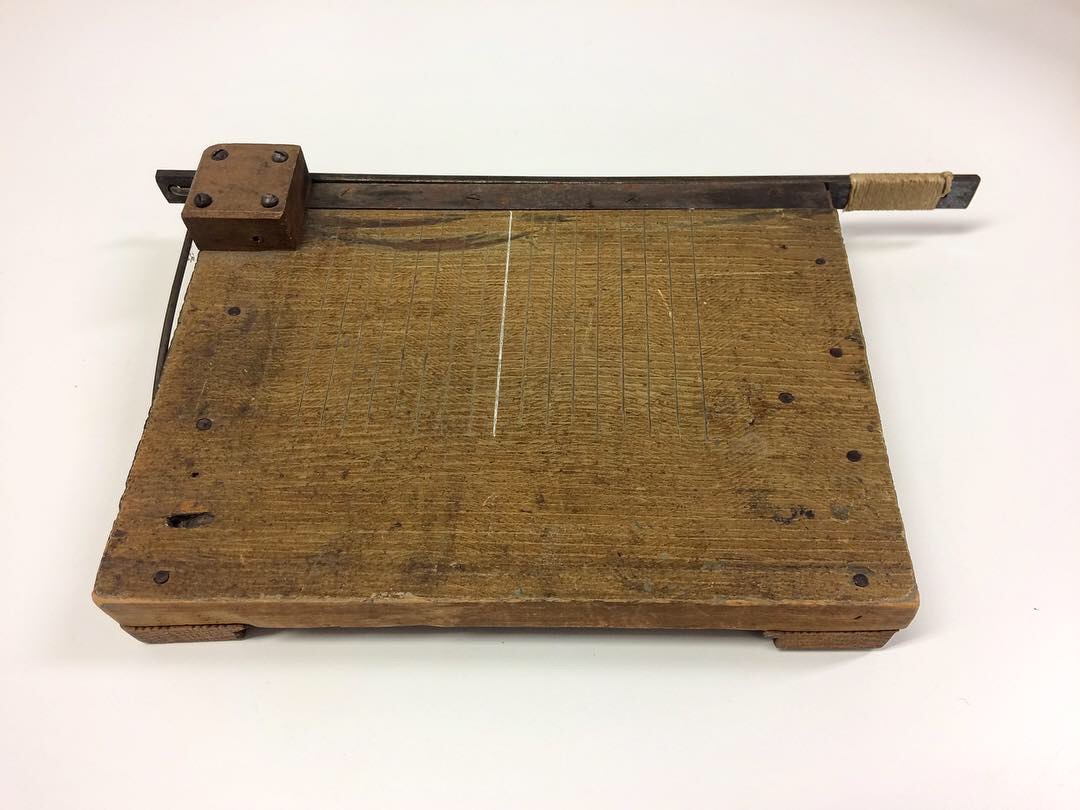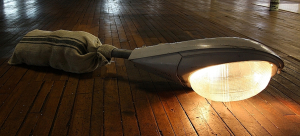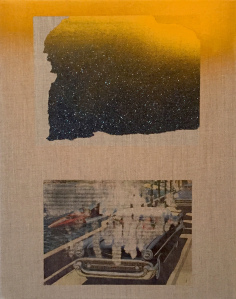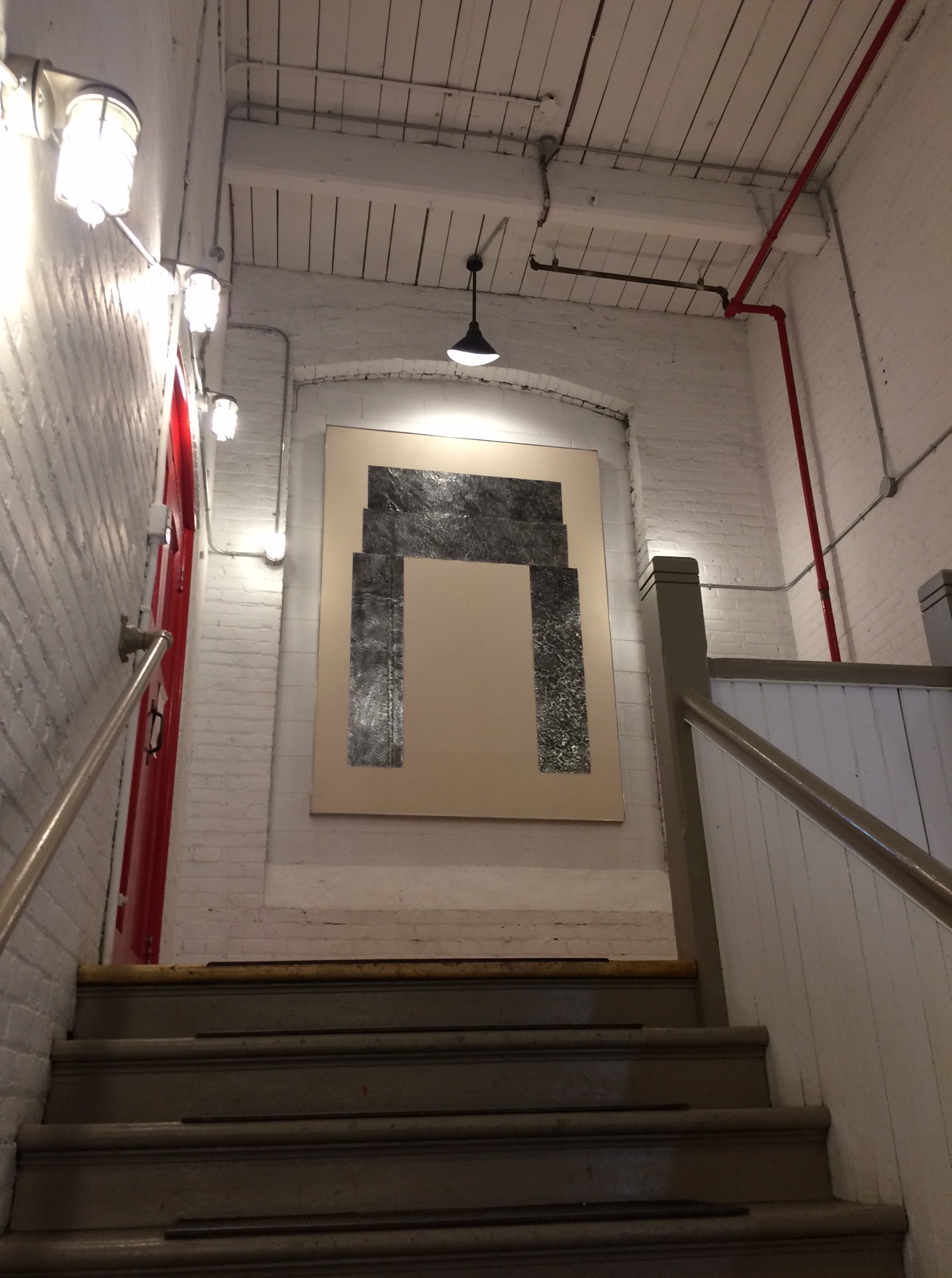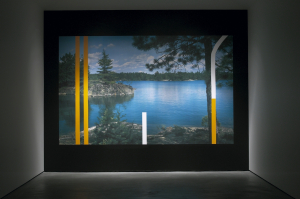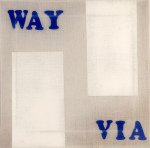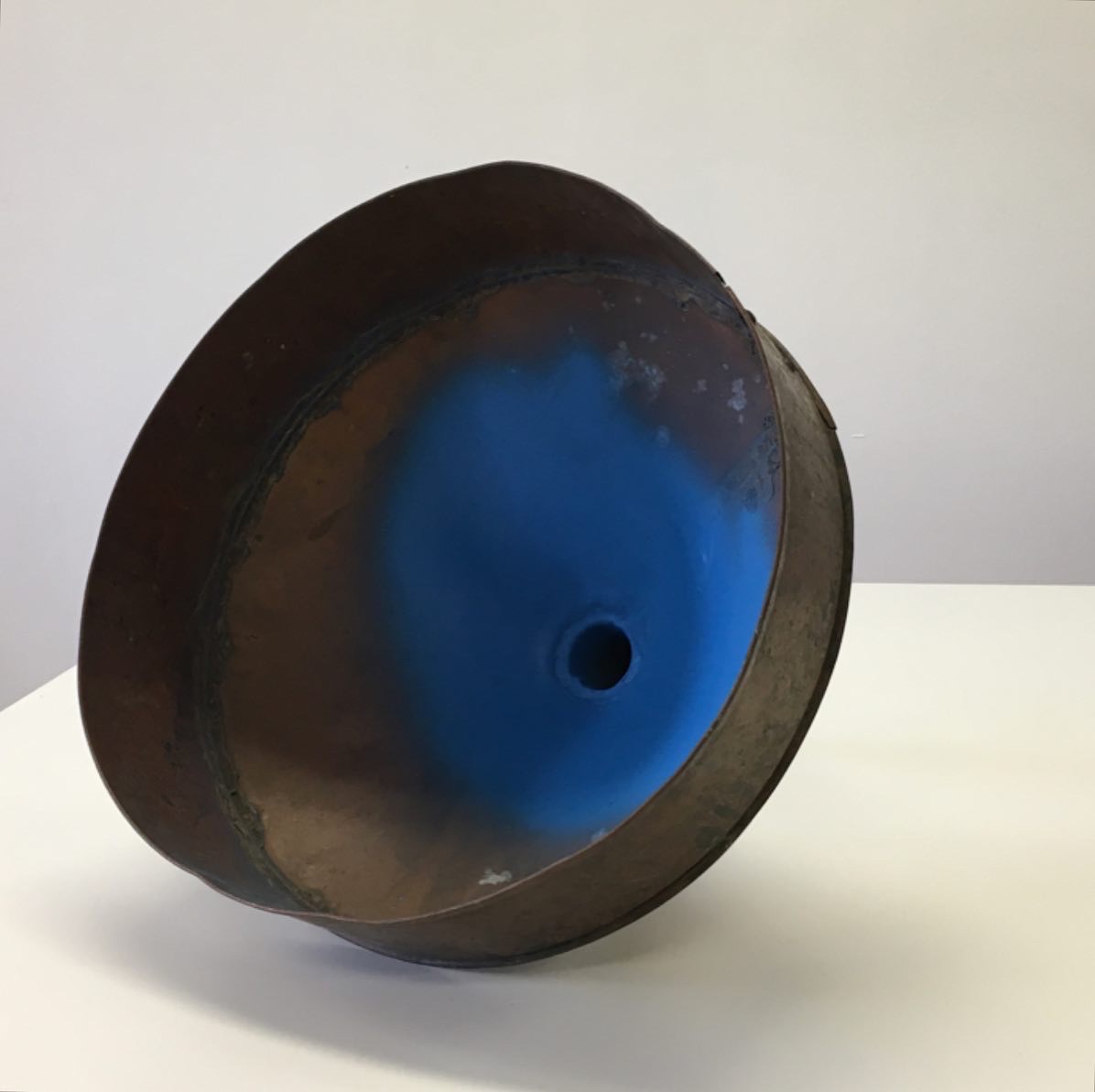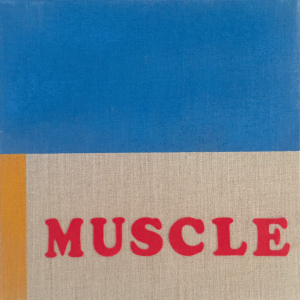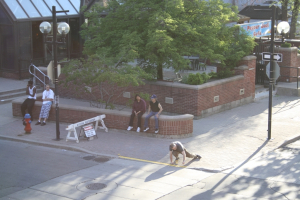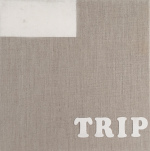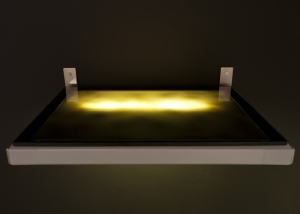eh
A man walks into a restaurant he has never been to before. A second man walks up to him that he has never seen before. The second man leads the first down a corridor he has never walked through before. A chair is offered that he has never sat in before. A menu is provided he has never viewed before. Words are read, that haven’t been read before. A meal is chosen he has never eaten before. He is overheard by others never met before. The man looks for approval.
There is an adage, which proposes, that to think with one’s senses and feel with one’s brain could be of use to apprehend meaning where otherwise meaning, might be missed. It is perhaps within this dictum that the painting of these works – and their placement as post-aesthetic resides. The connection to a mode of painting that would acquiesce to the long standing idea of art dissolving into life, is to recognize that in order to free Painting from its aesthetic zeal, might be, to self-discover its own found object. Painting that does navel gaze, becomes a fruitful process when the logical casting of the eyes, falls further down to reaffirm its footing.
The precedent of using industrial paint (building latex, enamel, automotive lacquer) to produce works of art shifted context and championed literalness, but did not alter the medium’s intended purpose, that of the aesthetic, often even cosmetic. Whereas, line marking paint is produced for only one function, that is utilitarian, non-aesthetic and semiotic in character. The rules that govern its colour and its other properties serve the entity of function. This paint must be applied in such a correlated manner, if it cannot be applied in situ. To yield to a process of making paintings strictly by using such a medium, is to purge and then propel contemporary painting from what is seen towards what is conceived: leading to the attempt to make a painting that could equally be understood by description as by perception. To say that to know a painting would then be to know the idea.
dah
A man walks into what he believes to be a restaurant, for he can read. A second man walks up to him dressed in black pants and white shirt, towel over arm, corkscrew in pocket, turns and points without uttering a word. The first man remains comforted and follows the second down a corridor to a darkened room. A chair is pulled out. With back turned to the second man, the first sits blindly. A document containing all the necessary information needed to equip the next hour is shown. The first man points to the document, while the second man moves his head up and down. The second man leaves. The first man smiles. Others seated around the man are assured that everything went well.
A painting practice that sets itself up with the visual maneuverability of a tricycle in a barrel has been a coveted objective within my work for sometime. Artists who have achieved incremental shifts within a strict, limited repertoire have been of use to look to, for the cradling of a predetermined procedure. An economy of means within this work, a sense of visual single-mindedness without predictability, would be something to strive towards. This certainly would contrast with the large evocative conceptual distance that I could move across. A to B could in fact be a very long idea trip, full of subtle gestures, windows wound down.
Perhaps it is more exact to say that it was visual dual-mindedness I operated within, when the notion to produce these paintings was rooted out. I believed at the time that my code would be limited to two colours, yellow and white. These are noetic to most people when told of the nature of the paint. The employment of blue was next and not a difficult connection. Yet the discovery of red, a colour I have still yet to see in its worldly use, and then black, the veritable paint eraser, completed a pseudo-primary palette with accompanying tones. However it would never be enough – merely to present a post-palette. The task would be to avoid a sense of repetition within a language that approaches identical, for this is the Achilles heel of any reductive endeavour.
be
A man walks, pulls a door, continues to walk, stops, stands, looks left and right, while a second man walks up to the first, turns and points. The two men walk down a corridor, stop, stand. The second man pulls a chair from a table. The first man sits, moves his head up and down. The second man pulls a menu from under arm, gives it to the first. The first man, eyes moving left and right, points at the menu. The second stands, moving his head up and down. The first man gives the menu to the second man, who grasps it and puts it under arm. The second man turns and walks. The first man folding arms moves his head left and right. Others surround him eating.
It might be easy to conclude that the idea for the production of these paintings might occur during a long drive, a drive I did coincidently undergo to Toronto and back in august of ’96; or perhaps a research practice à pied, (the seven past years living in Winnipeg with no car). But these works were never intended to be exclusively oriented towards the road; there is no desire to make Road Paintings, as in Road ____, fill in the noun. That notion of pop-transience never has interested me. Or even the metaphoric idea of moving or evolving from one state to another, as when we say, ‘on the road to recovery’ although poetically probing, still misses the connection of the schematic language of the world porous to that of the annals of art.
The multitude of art/non-art entities in this work such as surface, object, code, labour, technology, etc., seek only to reference painting as verb, painting as coating, edge to edge, no stopping. The medium and the making would not just be a physical material and process, but rather an index of conceptual inventions tied to a virtual rather than visible experience.
That the element of process be integral to a work’s construction does not establish any precedent. Yet, to link an art making praxis with a medium associated only with that of an extrinsic proletarian task, is to question the consented intimate alliance between the act of painting and the painted object.

